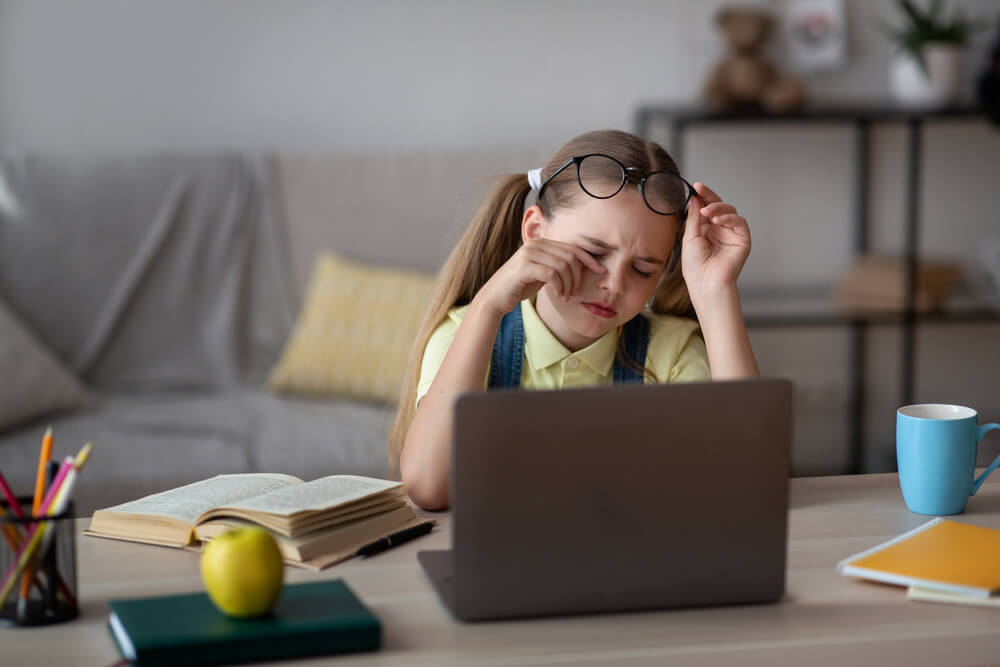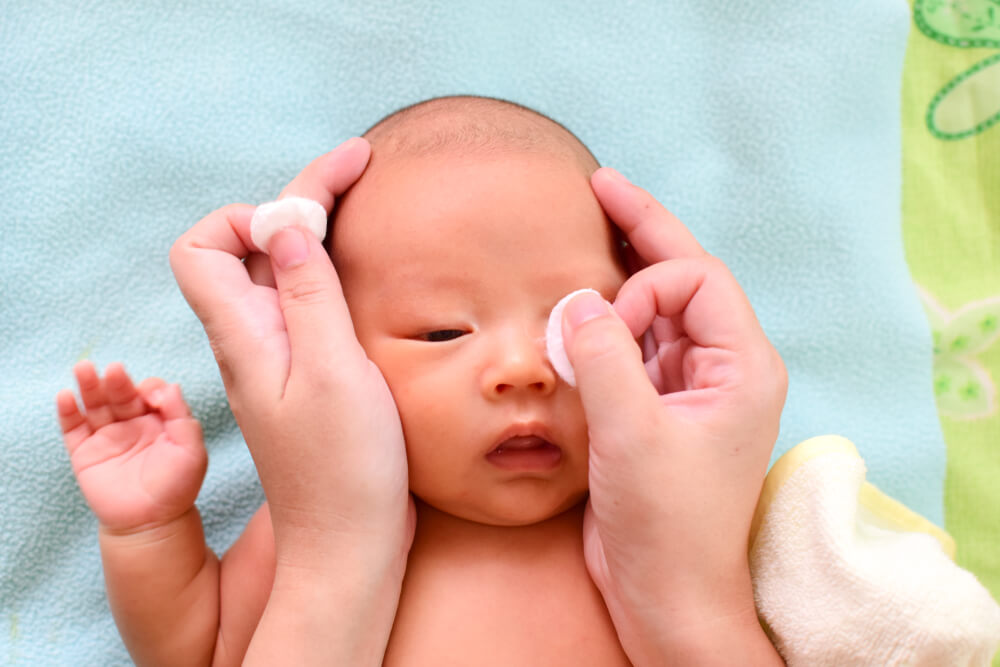Although conjunctivitis can affect adults, it is more common in babies and children. Conjunctivitis tends to exhibit as breakouts in kids in proximity to each other, such as at schools and day care centers. The disease appears as redness or swelling in the infected eye. The part of the eye that becomes affected is the conjunctiva, which is a film located on the white part of the eye and inside the eyelids. Adults can suffer from symptoms of conjunctivitis, and they can also spread it to children.
Conjunctivitis might also emanate from an adult source through touching an infected discharge like tears or mucus. Therefore, you should also be careful about where your children play and what they are touching. Conjunctivitis is also known as pink eye because it causes red eyes in children as well as in others it affects. Kids love touching various surfaces when they play. It is difficult for them to interact without some sort of contact among themselves, which makes them susceptible to contracting the infection.
Types of Conjunctivitis
There are two types of conjunctivitis that exist: allergic conjunctivitis and infectious conjunctivitis.
-
Allergic conjunctivitis
Babies and children who suffer from allergic conjunctivitis tend to rub their eyes a lot. Fortunately, this type is not infectious because of its allergy origins.
Symptoms of allergic conjunctivitis include sneezing, watery eyes, and itchy eyes and nose. Babies and children who suffer from it also exhibit other signs, like those of hay fever. This type of conjunctivitis often occurs in children who have a history of allergies.
-
Infectious conjunctivitis
Just as the name suggests, this type of conjunctivitis is highly infectious. The source of the condition is either a bacterium or a virus. Babies and children can develop the infection if they come into contact with things like tainted water, dirty swimming towels, and contaminated objects. Infection can also occur as a result of contact with another infected person.
Children with infectious conjunctivitis are in a contiguous state as long as their eyes have discharge. Therefore, if your child has it, never allow them to share personal items with others. These include towels, eye drops, pillowcases, makeup, or tissues.

Additionally, they should not go to daycare or school or play with other children until the infection clears. Also, make sure that they always wash their hands with soap and water to avoid spreading it. You can also ensure that they access the appropriate conjunctivitis treatment.
Signs and Symptoms of Conjunctivitis in Kids
The signs of conjunctivitis in babies and kids are numerous. They can appear quickly, nearly as soon as the infection manifests. However, these signs and symptoms can last for a while. If your child manifests the following symptoms, then they might have the condition:
- Constant tears
- A yellow-green eye discharge that becomes crusty and dries when the child sleeps
- Red eyes in one or both eyes
- Eye irritation or pain from bright lights
- A grainy feeling in the eyes
- Puffy or swollen eyelids
- Itchy eyes
- Red eyelids
Children’s Conjunctivitis Treatment
Doctors carry out pediatric conjunctivitis treatment in various ways. If the signs of conjunctivitis in babies are mild, then you can handle them safely at home. Do this by using warm water and clean cotton balls to clean the eyes. Use a fresh cotton ball to clean each eye even if there is infection in just one eye. Wipe from inside toward the outside of the eye to prevent cross-contamination of the eyes.
Never clean inside the eyelids as it may damage the conjunctiva. Additionally, discard both cotton balls after use so that the child does not access them and risk becoming contaminated again.
Pediatric conjunctivitis treatment may include the use of antihistamines. However, you have to consult your doctor or your pharmacist before you use them. They usually relieve itchy, sore, and inflamed eyes caused by allergic conjunctivitis in kids.
There are also other home remedies for conjunctivitis in babies. One of them is the application of breast milk to the eyes of the infant. Although this does not treat conjunctivitis, it can relieve sticky or gunky baby eyes. Some infants are prone to this type of condition from birth because they have blocked tear ducts, and it causes the buildup of this material on their eyes.
In some instances, the condition might persist until the baby reaches 6 months. Make sure you consult your pediatrician before you attempt treating the condition with eye drops. Ideally, you should perform treatment safely at home with the warm water remedy described above.
Nonetheless, breast milk cannot treat conjunctivitis. Never replace the breast milk with formula while trying to alleviate the condition. However, if the gunk does not go away, make sure you consult a doctor who will carry out additional tests.

If you notice signs of conjunctivitis in babies, try and relieve them using the home remedies above. However, if the symptoms do not disappear after two days, examine if your child has the following additional symptoms:
- Fever or a general feeling of malaise
- Excess pain in the eyes
- White spot in the cornea that does not go away
- Eyesight or vision problems
If your child exhibits any of the additional signs above, visit a doctor who will advise you on children’s conjunctivitis treatment. Additionally, the doctor should discern the kind of conjunctivitis that your child has. The correct diagnosis will assist in the children’s conjunctivitis treatment. It may include antibiotic drops if your child is suffering from bacterial conjunctivitis or any other suitable cure.
Regardless of the type of infection, ensure that you apply the treatment to both eyes, even though only one might have the condition. Further, make sure to use the drops two days after the eyes stop discharging. Also, maintain high hygiene standards around the eye area even when the infection clears. This includes washing the pillowcase, bedding, towels, and anything that comes into direct contact with the eyes. Also, use clean and fresh towels, bedding, etc. every day until the infection goes away.
We hope that you have been able to get all the information you need about this type of conjunctivitis. If you notice any sign or symptom of conjunctivitis in your child, contact the Worldwide Pediatrics Group for professional, prompt treatment. If you have any questions, you can email or call our center to get more information. You can also comment, share, and sign up for more informative articles like this. We’re conveniently open five days a week from 8:30 a.m. to 5:00 p.m.



